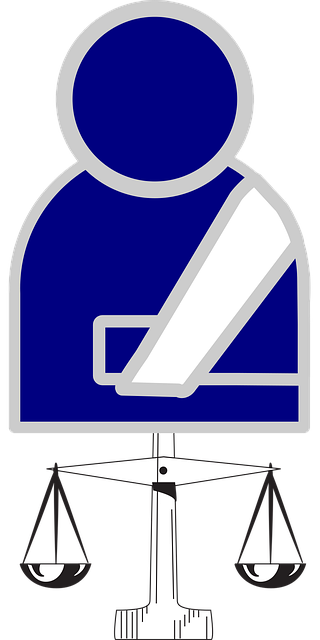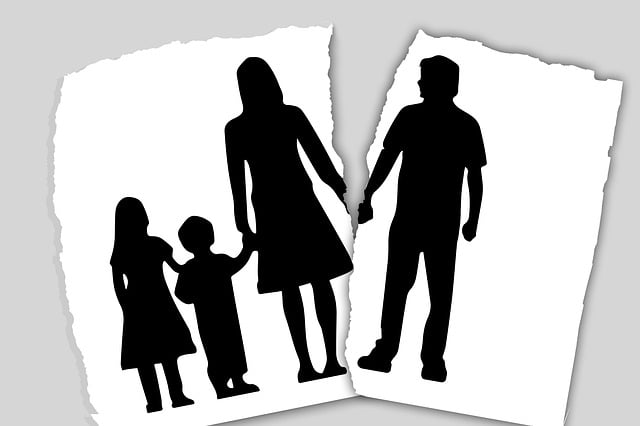Peoria Personal Injury law protects victims' rights and ensures fair compensation through a blend of state and federal regulations. To successfully navigate a claim, understand the process of proving breach of duty leading to harm and securing compensatory damages. Assess your case, seek medical attention, gather evidence, identify liable parties, consult an attorney within the statute of limitations, and prepare your official claim. Peoria Personal Injury cases cover motor vehicle accidents, pedestrian-vehicle incidents, slip and fall accidents, medical malpractice, and workplace injuries.
“Navigating a personal injury claim in Peoria can seem daunting, but understanding your legal rights is crucial. This comprehensive guide breaks down the process for filing a successful claim in Peoria’s judicial system. From grasping the fundamentals of Peoria personal injury law to recognizing common types of cases, this article equips you with essential knowledge. By following our step-by-step approach, you’ll be better prepared to seek compensation and justice.”
- Understanding Personal Injury Law in Peoria
- Step-by-Step Guide to Filing a Claim
- Common Types of Personal Injury Cases
Understanding Personal Injury Law in Peoria

In Peoria, personal injury law is governed by a complex interplay of state and federal regulations. When navigating a Peoria Personal Injury claim, it’s crucial to understand that these laws are designed to protect victims’ rights and ensure they receive fair compensation for their injuries. This includes instances where individuals suffer harm due to another party’s negligence or intentional actions, such as car accidents, slip and fall incidents, or medical malpractice.
The legal process begins with understanding the elements required to prove a personal injury claim. This involves demonstrating that a duty of care was breached, resulting in direct harm to the plaintiff. Compensatory damages, including medical expenses, lost wages, and pain and suffering, are often sought by victims to restore them to their pre-injury state. Knowing your rights and understanding the legal framework is essential when pursuing a Peoria Personal Injury claim, ensuring you can effectively navigate the process and advocate for your interests.
Step-by-Step Guide to Filing a Claim

Filing a personal injury claim in Peoria can seem daunting, but understanding the process is key to achieving justice. Here’s a step-by-step guide for navigating this journey:
1. Assess Your Case: After an accident, ensure your safety first and then document the scene. Note down details like weather conditions, vehicle damage, injuries sustained, and witness statements. This initial assessment will help determine if you have a viable case and guide the next steps.
2. Seek Medical Attention: Even minor injuries should be checked by a healthcare professional as soon as possible. Obtain detailed medical records, including diagnoses and treatment plans, as these documents are crucial for proving your injuries and their impact on your life.
3. Gather Evidence: Collect all relevant evidence, such as police reports, photographs of the accident scene, and any products or vehicles involved that could be linked to the injury. Witness statements from bystanders or other drivers can also significantly strengthen your claim.
4. Identify Liable Parties: Determine who is at fault for the accident. This could be another driver, a property owner, or even a manufacturer of a defective product. In Peoria personal injury cases, establishing liability is a critical step in building a strong claim.
5. Consult with an Attorney: Contacting an experienced personal injury attorney is beneficial. They can guide you through the legal process, help negotiate settlements, and represent you in court if necessary. Make sure to discuss your case details and ask about their fee structure.
6. Prepare and File Your Claim: With your attorney’s assistance, prepare and file your official claim within the prescribed statute of limitations (time frame for filing). This involves submitting detailed information, including your personal data, accident description, and medical records, to the appropriate court or insurance company.
7. Negotiate or Litigate: Once filed, you may negotiate with the defendant’s insurance company to reach a settlement. If negotiations fail or the case is complex, it could proceed to litigation, where a judge or jury will decide the outcome.
Common Types of Personal Injury Cases

In Peoria, personal injury cases encompass a wide range of incidents causing physical harm or property damage. Common types include motor vehicle accidents, where collisions between cars, trucks, or other vehicles can lead to severe injuries and legal repercussions. Additionally, pedestrian-vehicle incidents are also prevalent, with individuals suffering injuries when struck by moving vehicles while crossing streets or sidewalks.
Other frequent personal injury cases in Peoria involve slip and fall accidents, often occurring on someone else’s property due to unsafe conditions like slippery floors or uneven surfaces. Medical malpractice is another significant category, involving misdiagnoses, incorrect treatments, or negligence during surgeries, leading to further harm to patients. Moreover, workplace injuries are also addressed under personal injury law when employees sustain damages due to hazardous work environments or employer negligence.
When navigating the complex landscape of Peoria personal injury law, understanding your rights and options is crucial. This article has provided a comprehensive guide, from grasping the fundamentals of personal injury claims in Peoria to exploring common case types. By following the step-by-step process outlined, you’re better equipped to file a claim confidently. Remember that seeking legal assistance can significantly enhance your chances of achieving a favorable outcome and receiving the compensation you deserve for your injuries.
